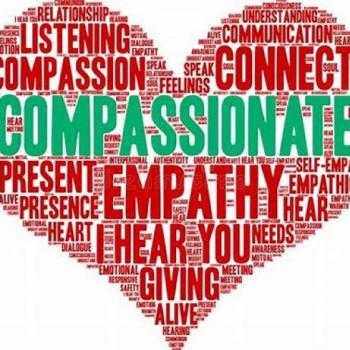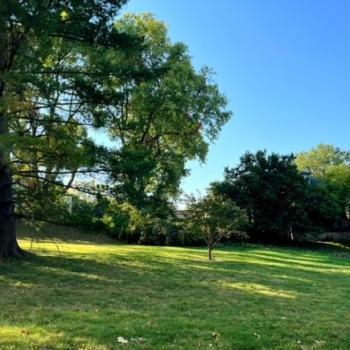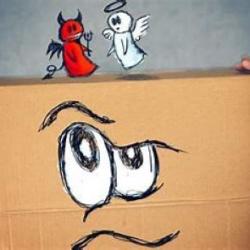What Does it Mean to Believe?
We’ve all heard the adage, “If it quacks like a duck and walks like a duck and swims like a duck…” So why do people still question what’s quacking, waddling, and swimming?
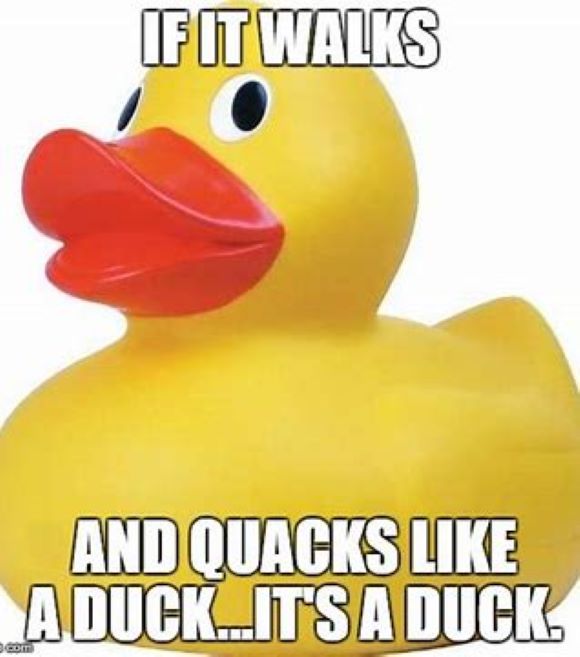
Do You Believe What You See?
Imagine for a moment that you are an apostle. Daily, weekly, monthly… you travel with a man that you see—with your own eyes—heal, teach, and cast out demons. You ask him the most prescient questions of the day, and he always has the correct answer. He seems to know what’s troubling every person you encounter, and he fixes whatever the issue every time!
Yet, when push comes to shove, one of the people you’ve traveled with, camped with, caught fish, and eaten with—turns the leader of your group into the authorities! When asked, another member of your group denies he even knows the leader, let alone a follower. And the rest of the group? All but the leader’s mother and one of the women, who’s been a supporter, take off, hide, and run away. You “know” who this man is! So why are you doing what you’re doing?
Is Knowing and Believing the Same Thing?
To say “I know” is to say, “I have seen and physically observed with my own two eyes, and I have absolute certainty that what I am saying is true.” To say “I believe” is to say, “I trust the source of what is being told to me is pure truth.” The two words are confused all the time! Sometimes, we adults need to “unlearn” what we “know” to be true to regain the way children “believe”—with pure faith that leads to peace.
If a young girl fears the dark and all the monsters that lurk in the night when she’s all alone in the dank and eerie bedroom… she listens to her grandma. “No child, there’s no monsters under the bed. Now come here.” Grandma stays with her and comforts her, helping her find peace by humming a lullaby and rocking her gently until she drifts off to sleep.
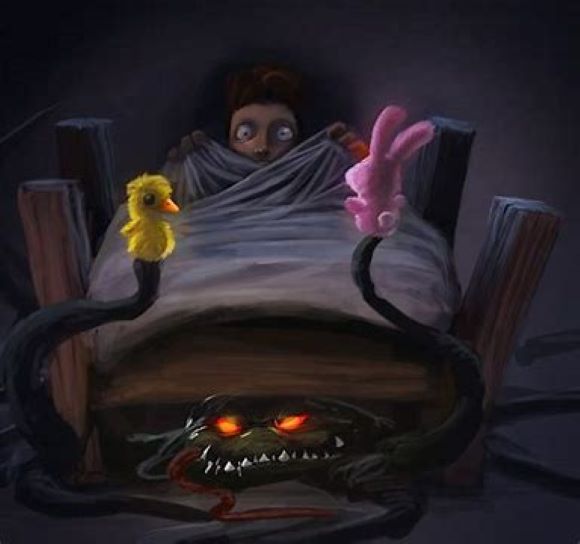
Or when a scared little boy approaches a busy street—cars whizzing by, honking, making noise. He’s worried, he’s disoriented, he’s overwhelmed. He reaches up and takes his grandpa’s hand, grasping it tightly. As soon as his little hand slips into Grandpa’s old and weathered fingers, the boy begins to calm. He isn’t as scared or apprehensive. He can walk down the sidewalk by the busy street and even cross it, knowing that his grandpa is there. He has him. He can relax and be at peace.
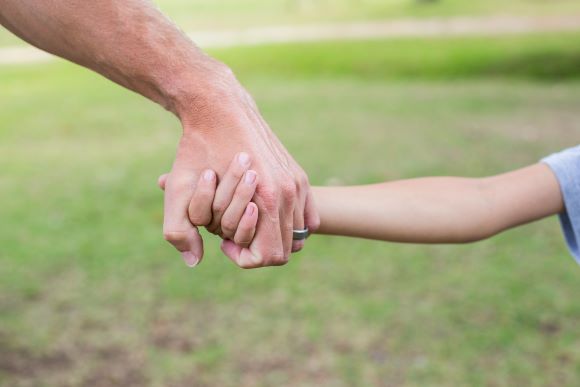
Just like the Apostles, after Jesus was taken prisoner, we’ve forgotten how to believe—as a child. To have faith—as a child. To be at peace—as a child. To “unlearn” what we adults “know” to be true.
A Little Personal Story
I was born a farming ranch kid with more cattle than my little fingers could count. My whole adult family “knew” the neighbors to the south were sheep farmers—dirty, stinking, rotten sheep farmers—and “knew” they were evil because they dared to raise sheep in cattle country.
One night, we saw a glow coming from our northern neighboring farm. Their barn and hay were on fire. Soon, every farmer and rancher for a twenty-mile radius came—putting out flames, moving livestock, saving what they could. The dirty, stinking, rotten shepherd was the first to arrive and the last to leave, even though he understood how all the cattle ranchers felt.
The cattle ranchers helped rebuild the barn, but no one had extra hay for his hundreds of mouths to feed. One night a week or so after the fire, several semi-trucks pulled into the farmyard. The lead driver said, “Someone sent this. Where do you want it?” Lining the gravel road for almost a quarter mile were semi-truck loads of hay! Later, we found out the dirty, stinking, rotten shepherd freely gave the hay—asking nothing in return.
We “knew” what others had said about the dirty, stinking, rotten shepherd to be true instead of listening to the preaching of his actions. Our eyes were finally opened to child-like “belief,” with faith and goodness—finally finding peace with him. Much like our cattlemen’s eyes being opened, Peter and the other apostles finally “believed” as children when they saw the empty tomb. They finally understood and “believed” in what Jesus had been showing, teaching, and modeling for three years. And finally, they found peace—the peace of a child in the “knowing” of what they had witnessed.
What Can I Do?
So, I have a challenge for you. What is:
- something you “know” to be true but isn’t and need to “unlearn?”
- something for you to find faith in, believe like a child, and find peace?




